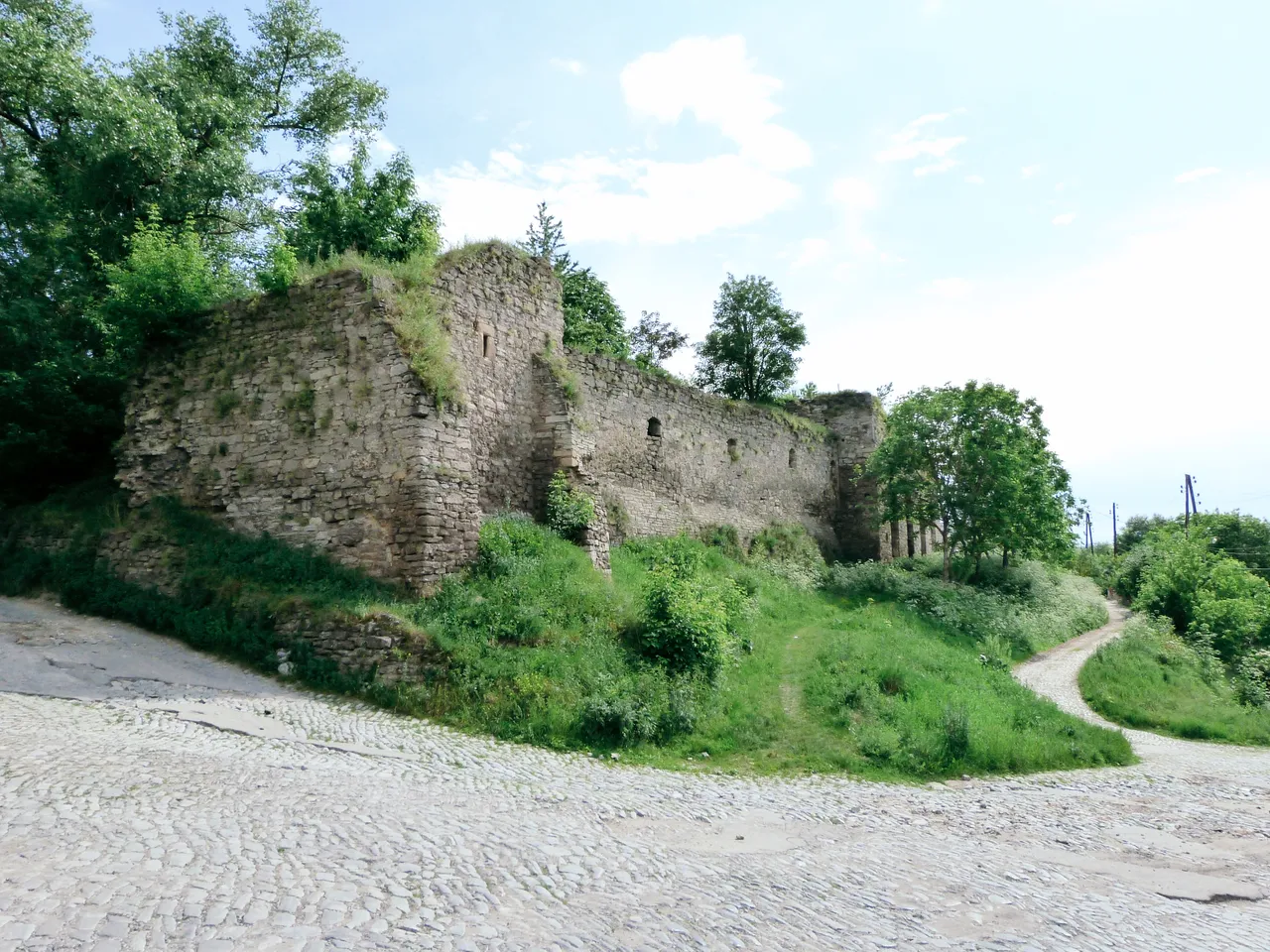Частина 2
На початку 19 століття за проектом військового інженера Дементія Мелещенова на бастіоні було збудовано провіантний магазин (склад).
1856 року місцевий театрал Ян Пекарський пристосував магазин на бастіоні під театр. Перші п'ять років п'єси ставилися польською мовою, а з 1861 року — російською.У травні 1918 року театр згорів.
Також раніше Турецький бастіон був з'єднаний з Вітряною брамою, але на початку 20 століття було прийняте рішення, щоб роз'єднати їх на ширину проїзду.
З 1965 на бастіоні проведені консерваційні роботи.
Побачити його можна на власні очі у будь яку пору року або годину. Але саме для мене він відкривається у найкращому вигляді це весною або літом,коли все навколо зеленіє.

Part 2
At the beginning of the 19th century, a provisions store (warehouse) was built on the bastion according to the project of the military engineer Dementiy Meleshchenov.
In 1856, the local theatrical performer Jan Pekarski adapted the shop on the bastion into a theater. For the first five years the plays were staged in Polish, and from 1861 in Russian. In May 1918, the theater burned down.
Also earlier, the Turkish bastion was connected to the Wind Gate, but in the early 20th century it was decided to separate them to the width of the passage.
Since 1965, conservation work has been carried out on the bastion.
You can see it with your own eyes at any time of the year or hour. But for me it opens at its best in spring or summer, when everything around is green.
